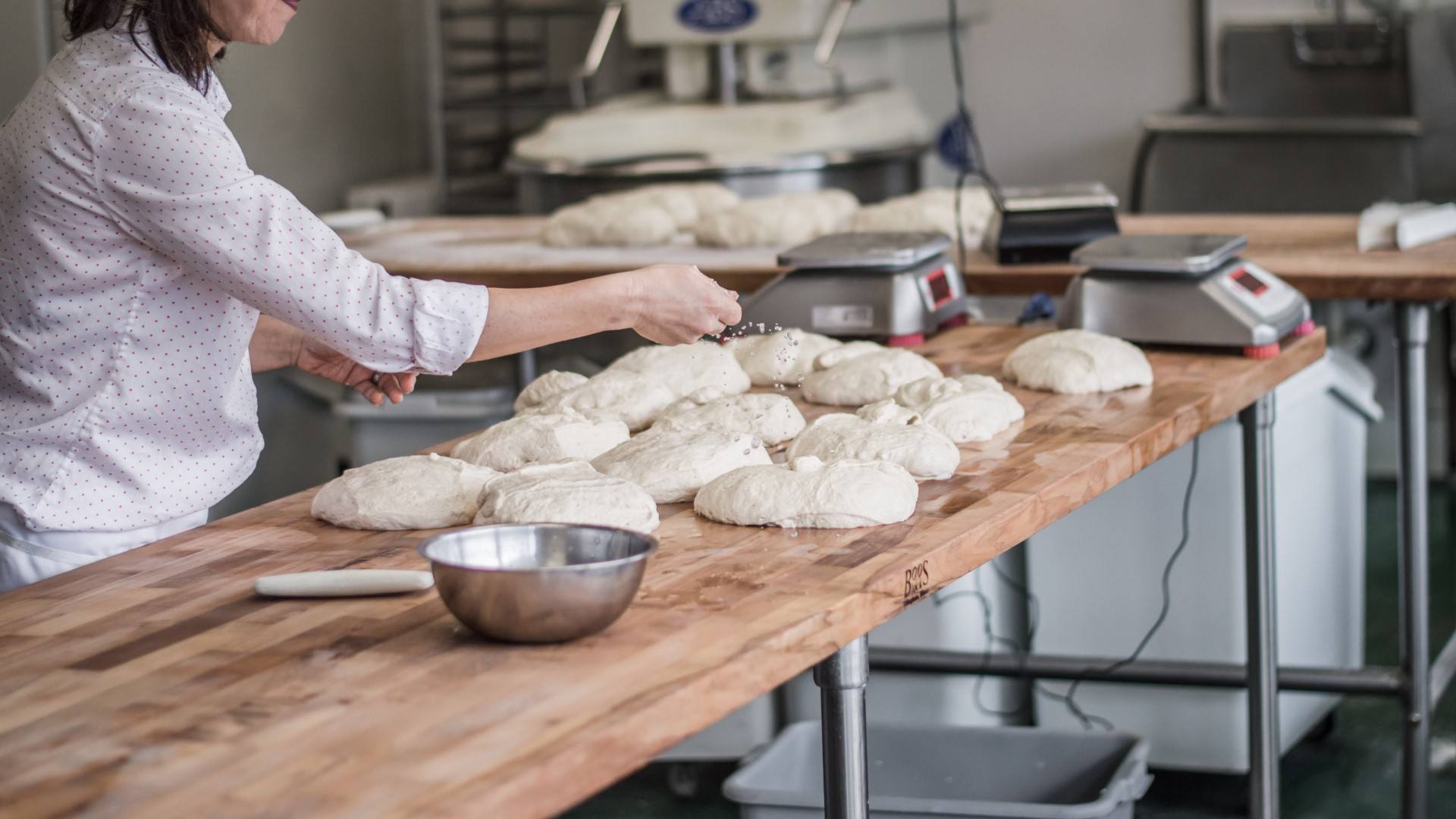Guide to Selecting the Right Retarder Proofer for Your Bakery
Imagine your bakery with consistently perfect bread, perfectly proofed every time. It’s possible with a retarder proofer, an unsung hero in successful bakeries. Curious to know how this appliance could be a game changer for your business? Read on to uncover the secret.

The right commercial retarder proofer can be a game-changer in the bakery industry, enhancing the quality of your dough, saving time, and ultimately, boosting your bottom line. This comprehensive guide will help you navigate the process of selecting the ideal retarder proofer for your specific needs.
The Importance of a Retarder Proofer
The primary purpose of a retarder proofer, sometimes referred to as a bakery proofer or dough proofer, is to create optimal conditions for the dough to rise. It does this through controlled temperature and humidity settings.
A commercial retarder proofer also offers a refrigeration mode, which slows down the fermentation process, allowing the dough to gradually rise overnight. This feature offers substantial time and cost savings, as it enables bakers to prepare the dough in advance and have it ready for baking the next morning.
Determining the Right Size
Before you embark on your search for the perfect proofer, you need to consider the size that best suits your bakery’s operations. Here are some basic guidelines to help you determine the appropriate proofer size:
- Under 86cm tall: Suitable for small kitchens
- Between 86cm and 104cm tall: Ideal for low-volume kitchens
- Between 137cm and 144cm tall: Perfect for medium-volume kitchens
- Over 165cm tall: Best suited for high-volume commercial kitchens
Understanding Capacity
The capacity of a retarder proofer refers to the number of pans it can hold. This is a crucial factor to consider, as it directly impacts your bakery’s output. Be sure to check the specifications of the proofer, as the type and size of the pan that it can accommodate can vary.
Selecting the Right Door Style
The style of the proofer’s door not only affects its insulation properties but also its functionality. Here are the key door styles to consider:
- Full Door: Offers access to the entire proofer, making it easy to retrieve your product.
- Half Door: Allows access to only part of the proofer at a time, helping to retain heat.
- Polycarbonate/Glass Door: Allows you to check on the dough without opening the door, thereby preventing heat loss.
Considering Insulation
Insulation plays a significant role in a proofer’s performance. Here are the main types of insulation to consider:
- Insulated retarder proofer: This variety has built-in insulation, which helps retain heat, making them more energy-efficient. However, they also have a higher upfront cost.
- Uninsulated retarder proofer: These models lack insulation, making them less energy-efficient but more affordable upfront.
Considering the Pan Type
The type of pans you use in your bakery should also inform your decision. Some proofers may only be compatible with traditional sheet pans, while others might accommodate deeper food pans or circular pizza pans.
Looking at Specialty Cabinets
In addition to standard proofers, there are also speciality cabinets designed for specific purposes. Some of these include:
- Pizza holding cabinets: These are designed to hold pizza pans or pizza boxes.
- Cook and hold cabinets: These units slow-cook food at low temperatures before automatically switching to holding mode, keeping the product at safe temperatures without overcooking.
- Refrigerated holding cabinets: These are designed for holding, transporting, and serving chilled food and beverages.
- Oven proofer combos: These are a combination of an oven and a proofer, allowing you to proof and bake your dough in the same space-saving unit.
Considering Control Options
The type of controls on your retarder proofer is another crucial consideration. Manual controls are a cost-effective choice but require more regular monitoring. On the other hand, thermostatic controls offer more precise temperature controls. Some models feature intuitive digital controls, while others have simpler analogue controls.
Exploring Interior Configurations
Different proofer models have different interior configurations, which determine the type and size of the pan you can use. Some proofers are designed to hold any pan type, while others can only hold sheet pans.
Making Your Decision
Choosing the right retarder proofer for your bakery involves considering various factors, including size, capacity, door style, insulation, pan type, control options, and interior configurations. By carefully considering these factors, you can select a proofer that meets your bakery’s unique needs and helps enhance your baking process.
The right commercial retarder proofer not only ensures optimal dough rise but also enhances your bakery’s efficiency, making it an invaluable addition to your bakery’s arsenal.
